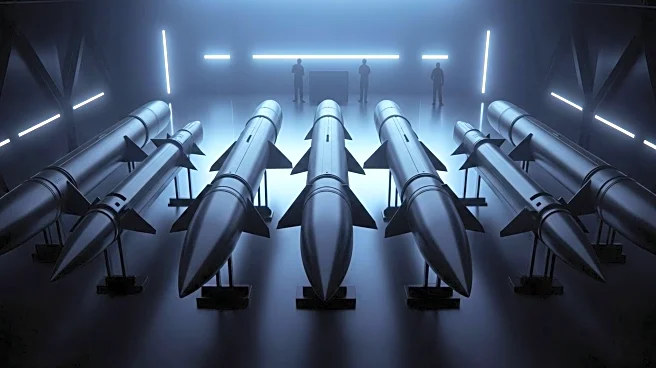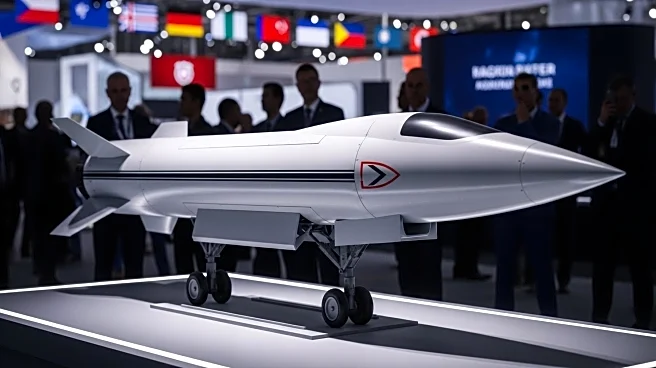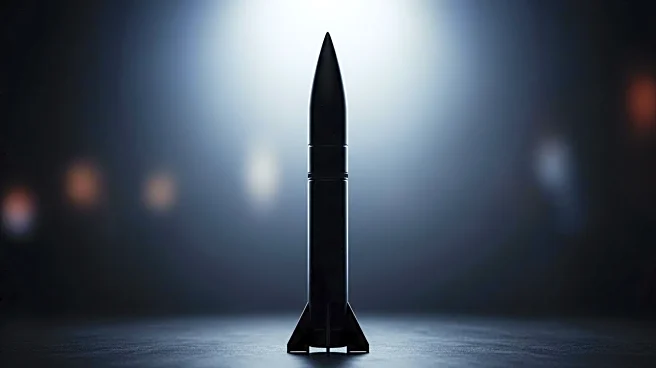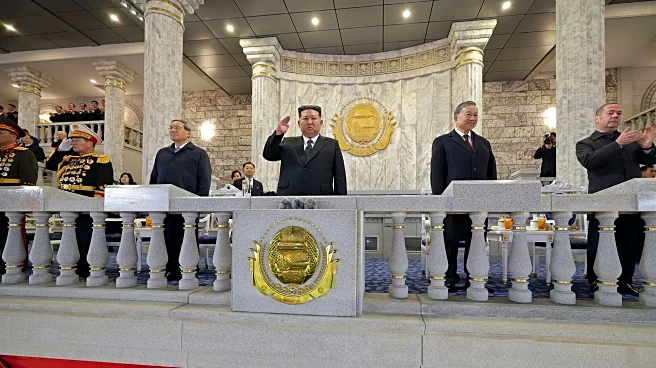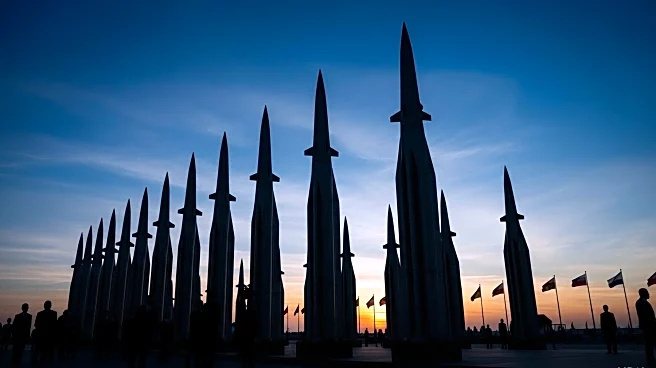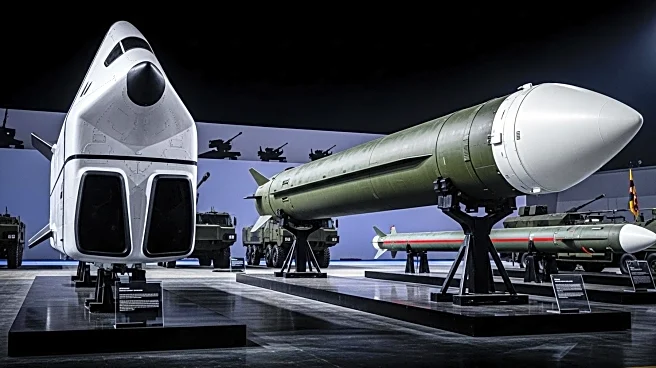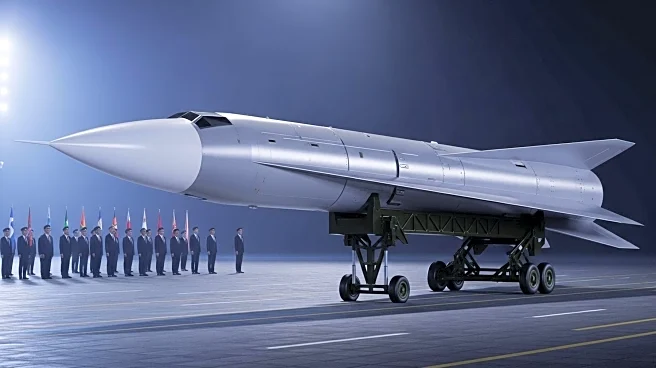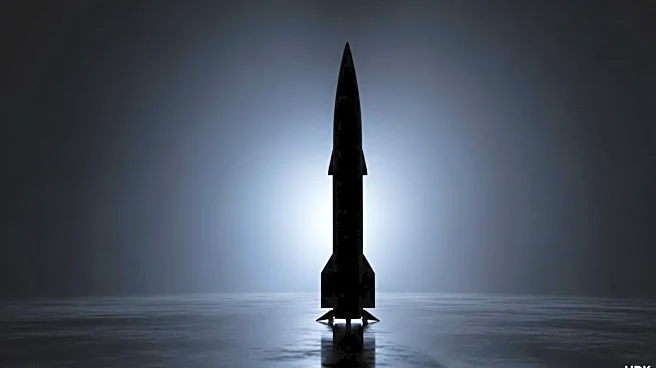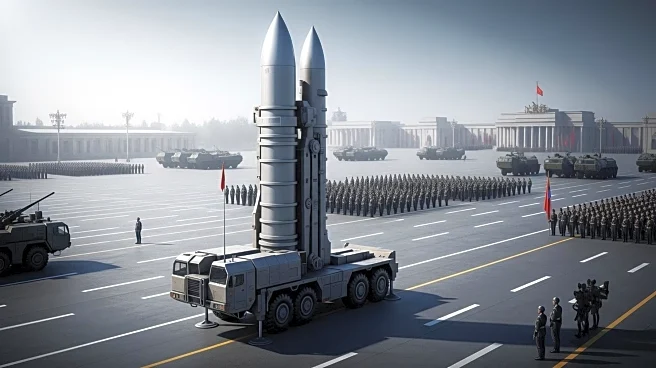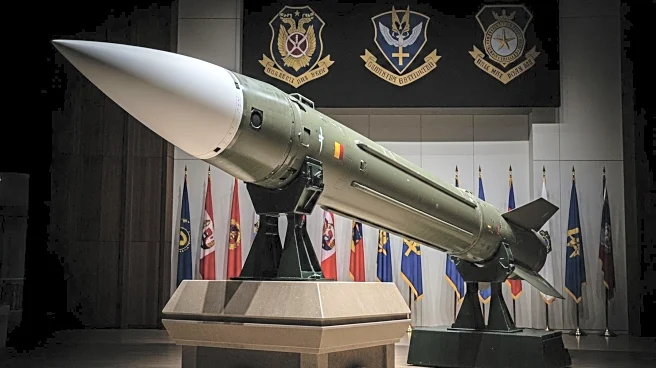What's Happening?
North Korea showcased new advanced missile systems during its military parade on October 10, marking a significant development in its military capabilities. The parade featured hypersonic glide vehicle-tipped cruise missiles and modernized armored platforms, indicating a shift from symbolic deterrence to a more credible second-strike capability. The presence of foreign dignitaries from China, Russia, and Vietnam suggests North Korea is leveraging these advancements to strengthen diplomatic ties and assert its position within regional security dynamics.
Why It's Important?
The unveiling of these advanced systems represents a strategic shift for North Korea, potentially challenging missile defenses in the region, including those operated by the United States. This development could alter the balance of power in East Asia, prompting neighboring countries and the U.S. to reassess their defense strategies. North Korea's advancements may also influence diplomatic relations, as it seeks recognition as a technologically capable military power, impacting regional security and stability.
What's Next?
North Korea's demonstration of advanced military capabilities may lead to increased tensions in the region, prompting responses from the U.S. and its allies. Diplomatic efforts may intensify as countries seek to address the implications of North Korea's growing military prowess. Additionally, North Korea's actions could influence future negotiations on denuclearization and regional security agreements.
Beyond the Headlines
The parade highlights North Korea's intent to diversify its military capabilities, potentially leading to long-term shifts in regional security dynamics. The presence of foreign dignitaries underscores the importance of military advancements in diplomatic relations, as North Korea positions itself within a multipolar strategic framework.
